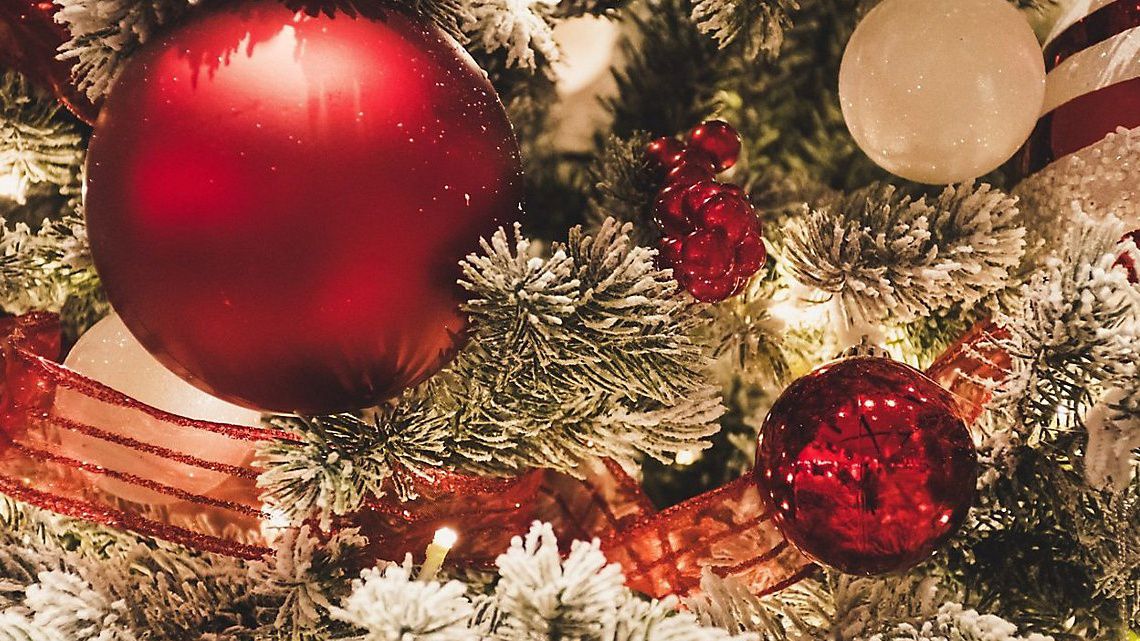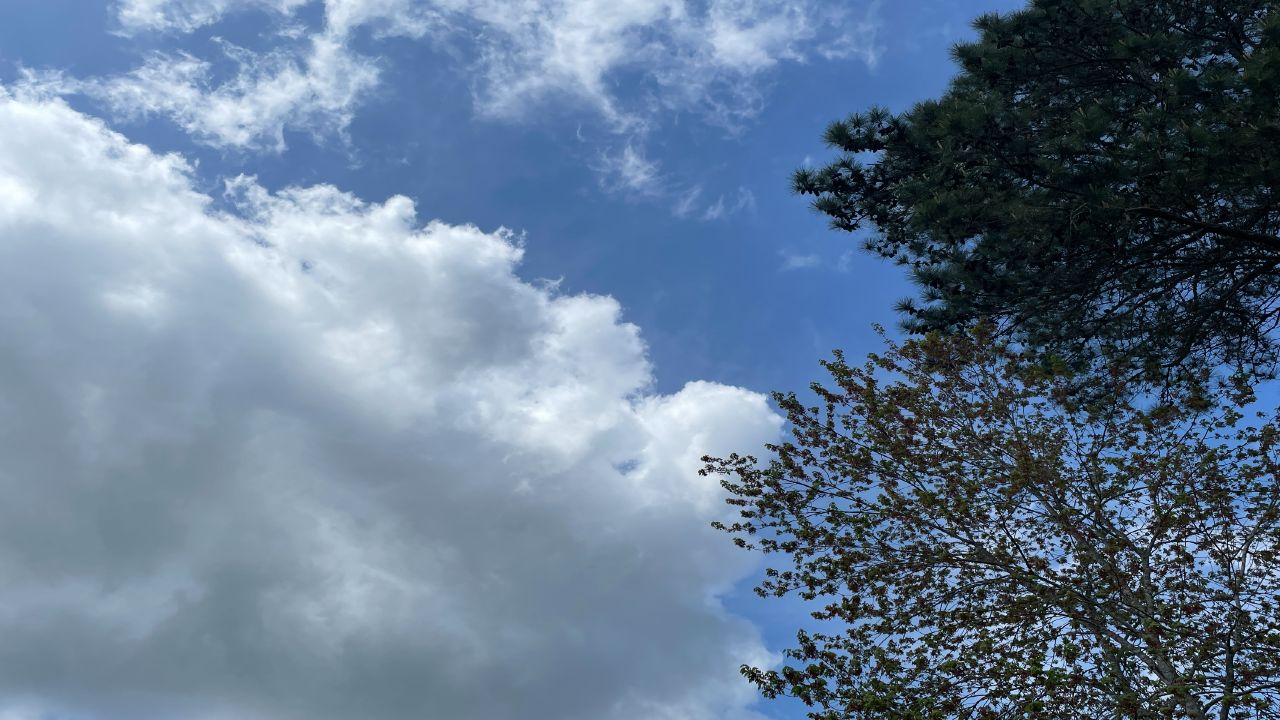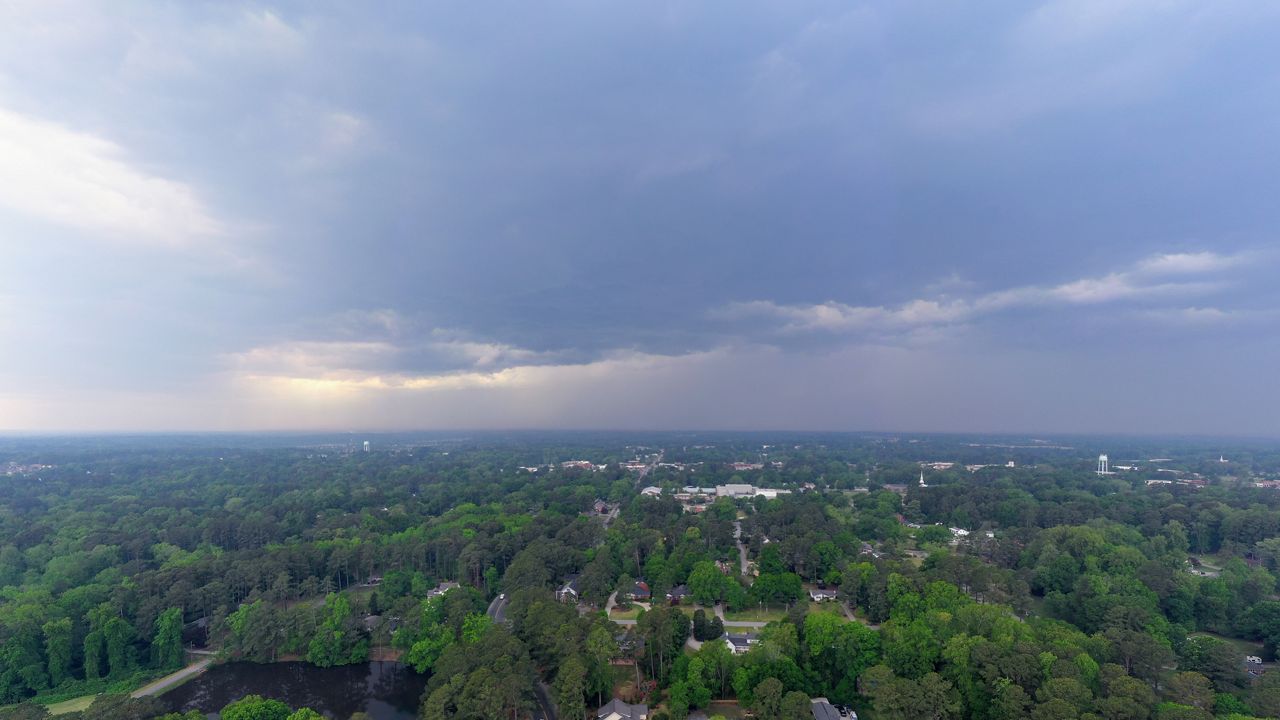If you notice more sniffles and worsening allergy symptoms this time of year, you may suffer from “Christmas Tree Syndrome,” according to the Ohio State University Wexner Medical Center.
If you notice more allergy and asthma symptoms with a live tree in the house, pine pollen is most likely the problem. Otherwise, experts warn that mold spores could grow on your Christmas tree.
In a 2011 study published in the Annals of Allergy, Asthma and Immunology, researchers took samples from their own Christmas trees and discovered more than 50 kinds of molds.
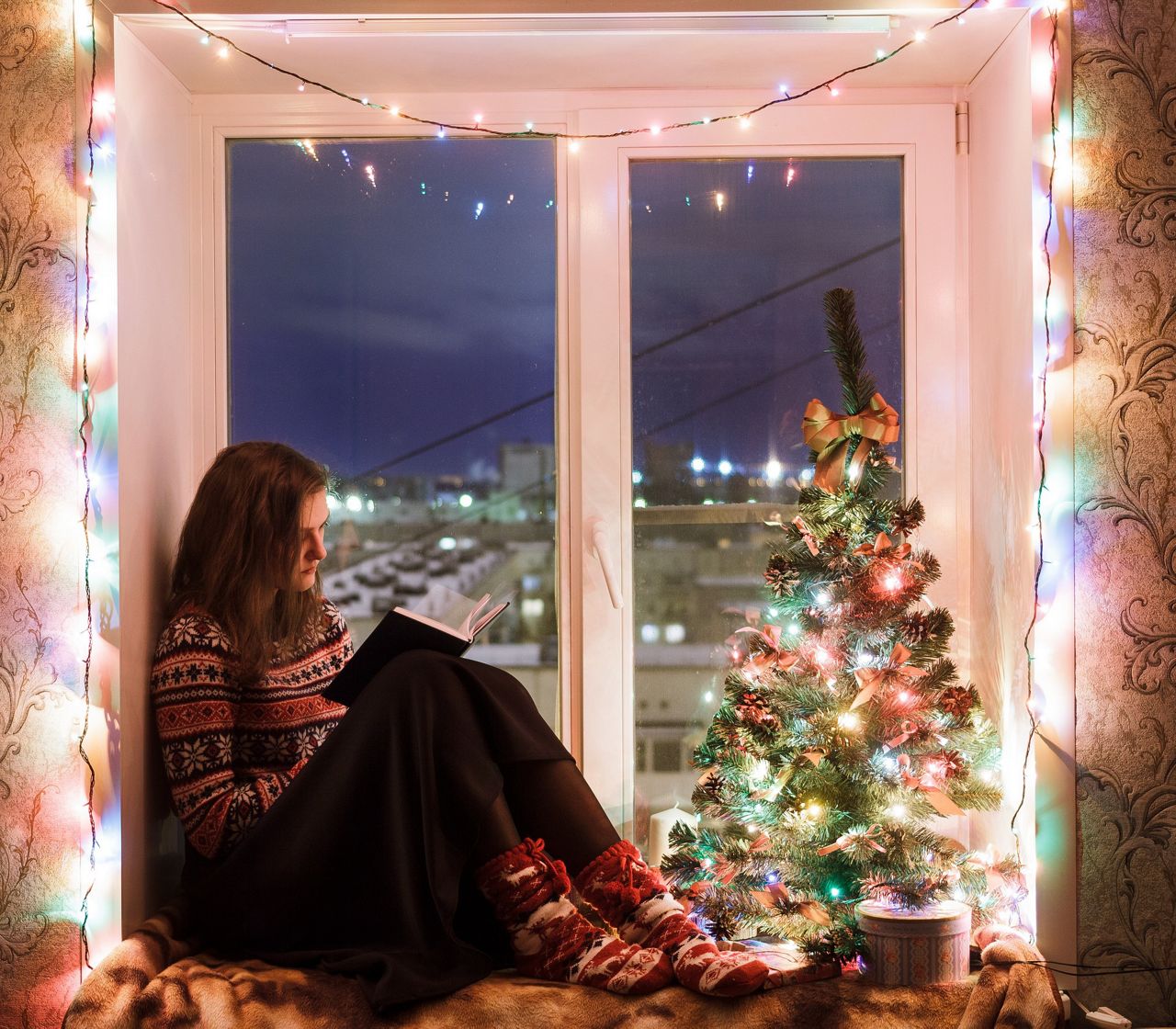
Allergies and asthma symptoms aren't just caused by real trees, either. Even those who opt for a fake Christmas tree could still feel ill.
If not properly stored in your basement or attic, dust and mold can accumulate or grow on the branches, aggravating symptoms.
According to the American Christmas Tree Association, shaking out and hosing off real trees before bringing indoors can reduce allergy and asthma symptoms in some people. Although you'll want to let the tree dry off before transferring indoors.
Since drying off can take a while, experts claim you can use a dry air compressor to speed up the process.
Using an air purifier and taking down the tree the day after Christmas can also reduce exposure to any mold spores that are still present on the tree.
Those who decide on an artificial tree should also thoroughly dust and wipe down its branches to remove any allergens before putting up and taking down. This can also apply to any other indoor decorations you decide to put up, too.
Once the holidays are over, place the tree and its components in an air-tight container and avoid storing it in a cardboard box. Cardboard is an ideal breeding ground for molds to grow on, which could spread to your tree.
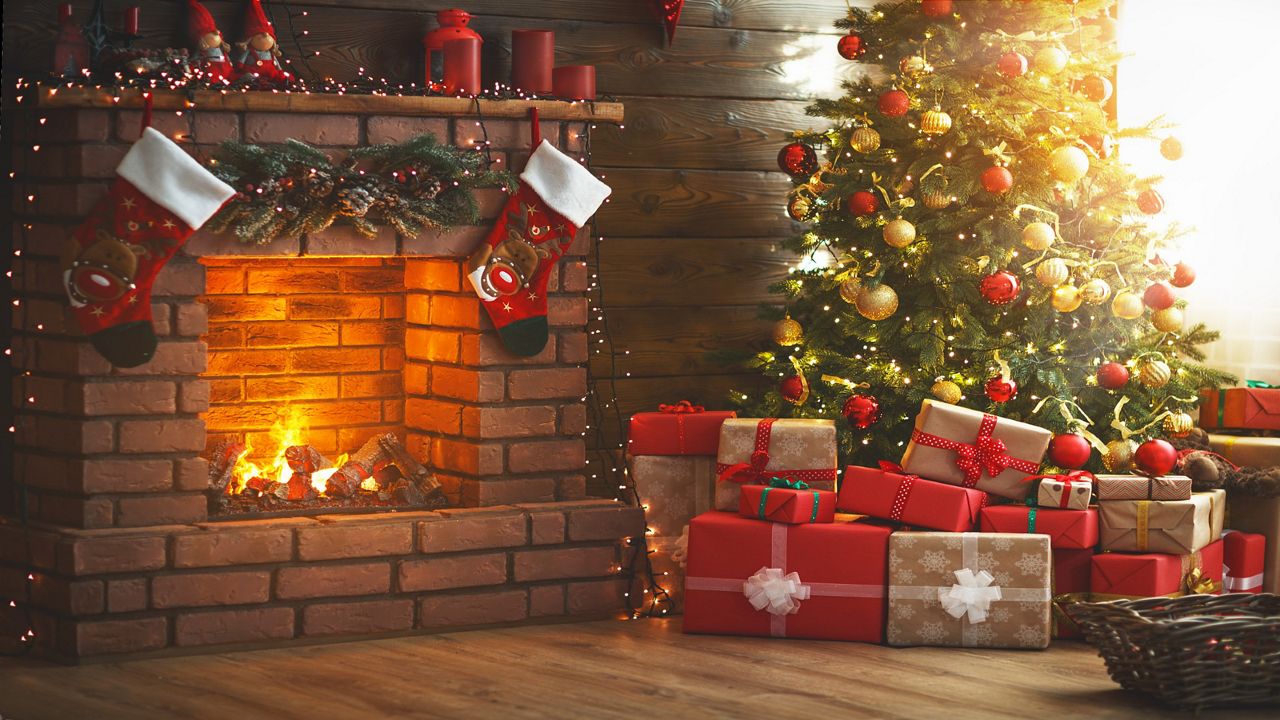
Provided pollen is your biggest trigger, choosing a fake tree would probably be your best bet. However, if you are dead-set on putting up a live Christmas tree, experts recommend trying a fir, spruce, or cypress.
Two popular suggestions for those with allergies or who are sensitive to tree scents are the White Fir and Leyland Cypress.
Our team of meteorologists dives deep into the science of weather and breaks down timely weather data and information. To view more weather and climate stories, check out our weather blogs section.





